Hey! Welcome to my blog. There will be high levels of references, cute things, shitty drawings, and more. Step into Zumo's Twisted Adventure and enjoy~
Don't wanna be here? Send us removal request.
Photo
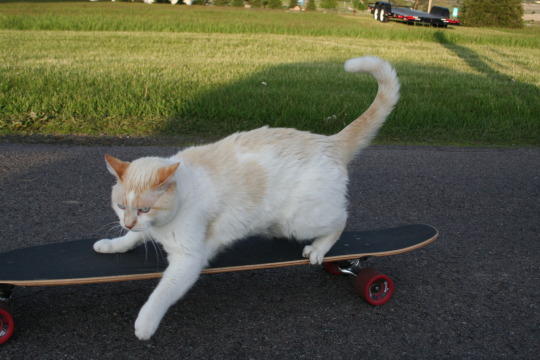
get off of there cat. you cannot ride a skateboard. you are not a skater punk who likes to make his own rules you are a cat.
293K notes
·
View notes
Text
50 Character Archetypes!!
Ever not know how to give your characters depth without going too far or not far enough? I’ve made a list of fifty character tropes, some you hopefully haven’t seen before, to try and help. Adding them to any character would immediately spice up how the reader sees them and is sure to make your characters more interesting. So here we go!
“The Whole Plot Happens to Them by Accident so they Learn on the Way”
“The Predestined Hero”
“The Unwilling but Wanting to Do Good”
“Retired Hero Back in Action”
“The Volunteer for the Big Journey”
“The Average Kid Turned Protagonist”
“The Sarcastic Best Friend”
“The Willful ‘Little Sibling’” (Note: does not actually have to be a little sibling)
“The So-Selfless-They’re-Reckless Type”
“The Wants-Recovery-But-Doesn’t-Know-How-to-Get-It”
“The Learned-From-Bad-Experiences Mentor”
“Stays-Strong-for-Others-Not-Self Type”
“Takes Out Conflicts on Others Type”
“Takes Out Conflicts on Others Type, but they feel guilty later”
“Unsuccessful Artist”
“The Unnatural Leader”
“The ‘It’s Never Enough’ Perfectionist”
“The Calculator”
“Expresses Emotions with Actions Type”
“The Trying-To-Keep-Up Type” (Note: Usually used when a character has self-doubts about abilities while in a talented group of people)
“The (usually not listened to) Voice of Reason”
“The Expositionist”
“The More-Than-Meets-the-Eye Type” (Note: Usually used with a character thought to be superficial)
“The New-to-the-World Type”
“The Philosophical Thinker”
“The Worried Caregiver”
“The Overbearing Guardian Figure”
“The Tyrannical Zealot”
“Connects More with Nature/Machines Type”
“The Connections Maker” (Note: Usually used in large city settings with black market/illegal dealings)
“The Storyteller”
“The Calming Presense”
“The Influencer”
“21st Century Tech-Savvy Mogul”
“The Narcissistic Anti-Villain”
“The Arms Dealer”
“The Traveler” (Note: Usually used with characters who make big impacts in peoples’ lives but only for a brief time before leaving) 36!!!
“The On-Top-of-Everything Assistant”
“The ‘At the Top but is Miserable’ Type”
“The Moralistic Murderer/Assassin/Warrior”
“The Angry Parent” (Note: Usually used in a positive way with parents who would fight to the death for their kids)
“The All-Bark-No-Bite Type”
“The Sassy ‘You need me, I don’t need you’ Type” (Note: Usually used with a character the protagonist comes to for help)
“The Bullied Genius”
“The Questionable Scientist”
“The Doomed-from-the-Start Type”
“The Survivalist”
“The Conspiracy Theorist”
“The International Person-of-Interest”
“The Pop Culture Know-it-All”
“The Smiles-in-the-Face-of-Death Type”
Aaaaand, we’re done! Those were fifty character archetypes you might not have thought of before to liven up your characters! Be sure to mix and match or use some traditionally protagonist types for your villain, as well. Good luck, and happy writing!
11K notes
·
View notes
Photo
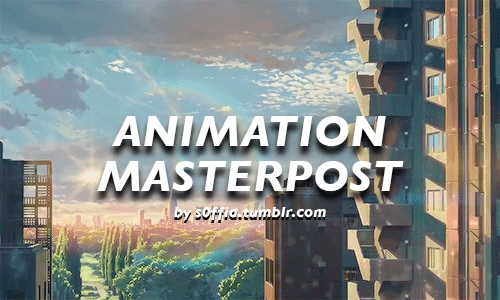
websites:
Animation World Network
Animation Backgrounds
Animation Magazine
Animation & CGI
Animator Island
Anime News Network
Cartoon Brew
Character Design References
On Animation
Reference! Reference! (free database for animation)
11 Second Club (monthly character animation competition)
tumblr blogs:
animationart
animationforce
animationtidbits
aspiretoanimate
calartscharacteranimation
disney-moments-sketches (Allen Ostergar’s blog, animator at Walt Disney)
drawingforsuckas
fuckyeahconceptart
storyboardresources
theanimationarchive
theartofanimation
wannabeanimator
resources/tips:
Animation schools: 1 / 2 (Top 50 USA) / 3 (Top 100 international)
Which animation school is right for you? (Ringling vs. CalArts)
Don’t want to/ can’t afford art school? you’ve got other options.
Animation Mentor: The online animation school
Art school exercises!!
51 Great Animation exercises
20 things you can expect as a traditional (2D) animation student that they never tell you
A Survivor’s Guide to Life Inside an Animation Studio
Animation basics: The art of timing and spacing
Animation Notes From Ollie Johnston
Animated chart of the basic principles of animation
10 Second tip: Always Anticipate
book: Animation: Learn How to Draw Animated Cartoons by Preston Blair
book: A System for Planning and Timing Animation by Glen Keane
book: Timing for animation by Harold Whitaker and John Halas
book: Gesture Drawing for animation by Walt Stanchfield
Basic 3D Animation Terminology
Digital pencil test!!
Keys to Emotion in Animation
Lessons from Disney’s Zootopia
Model Sheets central
The importance of Acting in Animation by Segio Pablos
Printable exposure/dope sheet
Phoneme Chart
Recommended reading for animation students and enthusiasts
The 5 Types of Animation
The Know-How of Cartooning
The Unofficial Truth about The Animation Industry
Why Disney Sends Its Animators To Life Drawing Classes
Walk/Run Cycles reference
What is Pixar looking for in Animators? (scroll down)
Portfolio Advice for The Disney Animation Internship
What is Rigging?
3D Rigging Terminology
3D Modeling Terminology
tutorials:
Animation for Beginners: Where do I start
Animation Physics (Video tutorials on physics for animation artists)
Animation tutorial part. 1 AKA “the secret of animation”
Appealing Poses in Animation
Background & Movement in TV
Blinking tips
Breakdown tutorial (middle frame between to keys)
Drawing & Composition for visual storytelling
Drawing for Animation
Drawing a Likeness
Animation fundamentals + tutorials
Filmmaking: Composition and Framing
Getting Shape Change
How to animate using photoshop
How to animate Characters in Perspective
How to Animate Head Turns
How to Draw Gesture
OpeenToonz tutorials masterpost
Overlapping Action and Drag
Portfolio tips / Making A Successful Portfolio
Lyp Sync tutorial
Line of action
Basics of good cartooning 1-12 by Sherm Cohen
Squash & Stretch tutorial
Squash and Stretch 2
Storyboarding tutorials by Sherm Cohen
The Illusion of Life: 12 Principles of Animation
Tilt, Flow & Rhythm
Underlying Structure When Animating Expressions
TVPaint tutorial: Uploading and Coloring Scanned Animation
supplies (traditional animation):
10 Essential Art Supplies for the Traditional Animator
How to Use a Light Table for Animation
Making a Simple Animation Lightbox
Peg bars, Animation Disk & Desk
softwares:
free
Blender (3D creation suite. It supports the entirety of the 3D pipeline: modeling, rigging, animation,etc)
Emofuri (animate using .psd files)
Google Sketchup (
Live2D ( animation/drawing software
OpenToonz (Studio Ghibli’s open source animation software)
Pencil2D (create traditional hand-drawn animation (cartoon) using both bitmap and vector graphics)
Renderman (Pixar’s free 3D rendering software)
Sculptris (Free digital sculpting tool by the makers of Zbrush
SculptGL (Online modelling program)
Synfig (2d animation using a vector and bitmap artwork)
paid
Zbrush (digital sculpting sw by Pixologic)
Mudbox (digital sculpting sw by Autodesk)
Cinema 4D (digital sculpting sw by Maxon)
TVPaint (2d animation)
animation studios:
Aardman (Bristol, UK)
Blue Sky Studios (Greenwich, USA)
Dreamworks (Glendale, USA)
Fox Animation (USA)
Imagination Studios/CN (Burbank, USA)
Industrial Light & Magic (San Francisco, USA)
Laika (Hillsboro, USA)
Luma Pictures (USA / Melbourne, Australia)
Nickelodeon Animation (Burbank, USA)
Pixar (Emeryville, CA)
Rise FX (Berlin, Germany)
Studio Ghibli (Tokyo, Japan)
Sony Picture Imageworks (Vancouver, Canada)
Sony Pictures Animation (Culver City, CA)
Walt Disney Animation (Burbank, CA)
Weta Digital (Wellington, New Zealand)
inspiration: worth watching short films
Coda by and maps and plans
Contre Temps by the Contre Temps Team
Duet by Glen Keane
DOG ENVY by Olivia Huynh
Fallin Floyd by il Luster
French Roast
Gravity by Ailin Liu
In Between by Gobelins
Jinxy Jenkins and Lucky Lou by Michael Bidinger and Michelle Kwon
My Big Brother by Jason Rayner
Night Light by Qing Han
Nephtali by Glen Keane
Nocturne by Kari Casady
Historia de un Oso by Gabriel Osorio
Home Sweet Home by home sweet home the film
One Bright Dot by Clément Morin
Stickboy by Giant Ant
SOAR by Alyce Tzue
Tsunami by The Animation Workshop
Thought of You by Ryan Woodward
Vagabond by The Animation Workshop
5 Gobelins Shorts That Pay Tribute To Women Animation Pioneers
67K notes
·
View notes
Photo
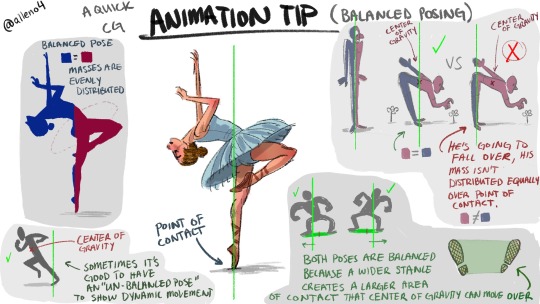
April 6, 2016 tip: Some quick thoughts on making balanced poses. This kind of stuff can get confusing but here are some basic principles on balance. #studiomomentsatdisney #quickanimationtip #cganimation #animation #posing #drawing #tips #arttips #learning
1K notes
·
View notes
Text
How to get a job as an artist/ animator
Getting a job in which you can draw and animate is as challenging and as time consuming as creating drawing and animation. Whether you are new to animation or extremely well educated, it is a challenge because it is so sought after so studios have the ability to be choosey.
So where do you begin?
1. Do your homework
I’m not just talking about your literal homework…that was all practice for the real world. Your assignment…find as much out as you can about the industry you are going into. Know the difference between a work for hire, salary, temp to hire, freelance, and hourly work. There are several outlets for animating/design/ and art besides the entertainment industry, two of the most expanding being in education, interactive gaming, social media, and medical fields.
Do not limit yourself to just working at Pixar or Dream works, because you will find it difficult to break into any of those fortune five hundred companies without some serious experience and everyone has to start somewhere.
2. Get constructive criticism
Everyone is so afraid to show their work now a days, especially if the person has a reputation for being a master at there craft. However, no matter positive or negative, you need to take every word into consideration that they say, because they are experts and know what they are talking about. I once showed storyboard artist at blue sky who had over 25 years experience at Disney prior my portfolio, which I had spent most of my college life building…he flipped through all ten images fairly quickly…replied I had talent but he would rather see 100 sketches than 10 fully rendered paintings because the only thing he could learn from ten paintings is that I could paint, but to be a storyboard artist you must be able to draw anything, and quickly, vs. a painting which could take several hours and the viewer has no way of knowing how much effort went into it. So, go seek these people out. They are almost always more than likely to respond to message or email. If at all possible, find them in person. Always better to make a real personable connection.
3. Get to know companies and their culture
If your heart is set on animating, really do your research about not only what is thriving currently but which companies within that field are doing the best, which are making a comeback, and which are falling behind. It is important for your progress to note this as well. Also talking to people within the industry will give you fast insight as to how you might fare in similar shoes. I was told by a woman who worked at blue sky that it became difficult during there weeks of overtime during the summer where sometimes the workload was 80 hour weeks in which she would arrive at work around 4 am and leave at 6 pm and would only get a few hours a day with her kids and husband before having to do it all over again the next day. If your not a hard-core fast paced environment person, that doesn’t mean you can’t be an animator or an artist, it just means there is a different job for you. Other design projects take months or years to produce…maybe you rather do something that requires long term developing as opposed to fast turn around times. But you won’t know that until you get to know people and see what they say, and than ask yourself “could I do that?” “do I want to do that” “how good would I be with that”
4. Think outside the box when applying to jobs
Everyone that knows me knows I am creative, but they also know my creative ways of getting jobs. How do you ask? Call it being open-minded and unafraid of rejection, but I choose to look on craigslist and linked in every day. Why? Word of mouth often travels faster than ads; because ads usually cost companies money and the second they go up they are bombarded with hundreds of emails. Look not only in the creative classifieds, but in other ones that are related such as television/ entertainment, or art/design…you will be surprised sometimes you will hit gold.
Linked in also is huge! If you are impatient with waiting to be discovered as I was, you will start recruiting recruiters and headhunters yourself. If not just them, you will also recruit people within the industry you want to be a part of. It is really important because in entertainment especially, it’s all about who you know so name recognition may help you, either by being associated with people or by being a big deal all by yourself. You will be surprised sometimes when an art director or a big shot producer sees your stuff and likes it. It is possible; you just got to get out of your shell and show them your serious!
5. Sell yourself
Sounds like this is a negative thing right? Not really…because lets be honest, if you can’t tell someone with full confidence why you are going to make them money, why would they invest in you and your talent? Put yourself in there shoes…if you were hiring an artist or animator…what would you need to hear in order to consider them? What would you need to see? What is of value to you in your employees…? Once you answer that, become those things…present yourself like you fell out of the sky as the answer to all there artistic needs. #1 out of everything though, let the work speak for yourself…and than when asked speak about the work. Don’t mess up the order because these guys can quibble about how great your art is with you all they want but they are there to find the most profit with the least amount of risk. And nothing refutes risk quite like a badass portfolio and a great track record of completing assignments.
6. Portfolio evaluations
Every two years, you should be creating a new portfolio. You are not the same person you were when you were in college, and the only way your work will evolve is if you push yourself further. But this is a little bit different than that. So make a new portfolio, and keep in mind what others are submitting. There is a blueprint as to what these companies look for and they are all different. Find out what it is and get to work. If you wouldn’t frame it on your wall it probably shouldn’t go in. It’s okay to be picky and if you are unsure ask a stranger.
7. Wear more hats
Companies want multi-talented employees because it saves them money and it makes it easier to have in house people solve problems than to further recruit assistance because they know you are capable. So be sure to advertise that you are not only a master artist but you also learn programs quickly and you are good at writing. You will make waves and spark more interest and admiration from your coworkers if you take on multiple tasks outside of your job description. The extra brownie points won’t hurt you.
8. Social media
People can’t hire you if they don’t see you. Social media is becoming a new inexpensive way to market your self as an artist. USE IT! There is a huge following of animators and artists in the entertainment business on tumblr AND blogger so go friend them, see what they are up to, what they post about, how they describe there work flow and daily lives, and get yourself hooked into a new community. I will never forget the day that the head of Disney Storyboard department Paul Briggs started following and commenting. Sure enough we linked up via linked in and he invited me out to Disney studios for a tour anytime I am in the area and gave me some expert advice I wouldn’t have gotten otherwise. Seriously…get blogger if nothing else. Facebook pages also a plus.
9. Practice
Some people complain that you can’t afford class or have a lack of supplies. And yes, you know it can get expensive but honestly the only one keeping you from moving forward is you. Go to the park, the store, a café…there are free models everywhere. Any scrap paper napkin and pen will do. Just practice. Doesn’t need to be final rendered works. People back in the day before computers had such fewer resources and they pioneered ways to create depth and motion that nobody else has. If they can do it without the internet and fancy supplies so can you. But if you have or need the internet, LYNDA.com has great tutorials. If your aim is more for 3D animating, you will need Maya…but student versions are often available for reduced prices and are just as good. There are lots of free tutorials out there so paying 50 grand for a year of school is often not necessary.
10. Don’t give up
This is the biggy! True story I’m going to tell you, my first year out of school was HARD! I had a dream of going to grad school in Cali for animation and landing my dream job within just a few years out of school. But I learned that the world had another plan for me.
I was doing animation mentor and balancing a fulltime design job. It was a lot of new programs to learn and I was getting burnt out…so I quit my job, thinking that was the reason that I wasn’t exceling in 3D animation. I learned that wasn’t the issue either. I didn’t pass my class so they placed me in the same fundamentals class again. I was starting to get frustrated. I dropped out after three weeks and with little advancement in my skills…and I realized I didn’t feel like an artist anymore. I felt very lost and in place of my passion was anxiety from not only quitting my job to advance, but also by not advancing. Did that make me a loser, a quitter…was everyone right that I was destined to be a starving artist?
Something snapped and I said…”NO” this is not going to be it for me. I did not work my whole life for this to stop here. So
I applied for hundreds of jobs, everyday searching, redid my resume, created new work comps for every interview or inquiry. I was hunting…and than I started hunting in NYC…and landed four interviews in one week. To which I received two offers, and to one which I accepted.
-Courtney Elyse
2K notes
·
View notes
Text
I CANT STRESS HOW MUCH THIS LINK CAN ENHANCE YOUR THOUGHT-PROCESS TO ANIMATION
READ IT, ABSORB IT, BOOKMARK IT.
This is the most well written, in depth ways to study animation that I have ever seen. It is an amazing read. This is what I try to do when I analyze a scene but hes taken it a million steps further. Hes not only gone in-depth about the timing and poses but how the animation has communicated such a distinct thought process through acting.
1K notes
·
View notes
Text
Deena's Animation Tutorial!

MY SECRETS ARE YOURS NOW!
Keep reading
3K notes
·
View notes
Note
Hey Ross, I'm currently 15, a Junior in high school, and love to animate. I don't think going to an art institute/university is the right move though when I get out of HS - financially or for many other reasons. Community College is a huge possibility though, as it's less expensive and would still teach me more things about animation all together. For the most part, I believe animation can be a self-taught experience, but I'd like to hear your thoughts on this.
That’s great dude. Don’t feel like you HAVE to go get an education in animation to succeed. I tried it, but it wasn’t for me. I found I wasn’t really learning enough compared to what I learnt just fiddling and making mistakes by myself. I mean look at Arin, he didn’t even finish high school yet he taught himself to be an animator. Some people learn better being pushed by an education system, some are better left to figure things out for themselves. If think you’re better going it alone then GREAT! You’re an autodidact!
Here’s some stuff I’d recommend you focus on while getting started:
Learn Flash or Toon Boom.
Maya/3DS Max/Zbrush if you’re interested in 3D (I have a minor background with it)
Study life drawing and human anatomy. Try this if you’re at a loss for material: http://www.posemaniacs.com/
Keep an organized folder of art reference (find it by following art tutorial blogs or your favorite artists). I have gigabytes of reference in my folders.
Get your head around cinematography. Watch legendary films and figure out what makes the shots great. One exercise is to take your favorite shots and make silhouette thumbnails of how things are placed, helps you break it down in your head.
Composition! It’s crazy and even those who get it sometimes don’t get it.. but just look it up online to get your head around it. It’s all about placement and arrangement of shit.
MAKE FRIENDS! Talk to other artists like yourself who are starting out. I met Arin online through Newgrounds when I was 16/17 and we’ve been friends ever since. It’s important to have like minded friends!
Keep a sketchbook, draw all the time. If you prefer doing it digitally then that’s fine, but keeping a sketchbook is a magical thing. Also helps with your line confidence, at least I think so.
If you want to develop your own stories to go along with your animations, consider the following books: Screenwriting 101 (I LOVE this book, really great read AND it’s written by someone pretending to be The Hulk), On Writing: A memoir of the Craft (Stephen King! Haven’t read this one yet but friends recommend it) and also Save the Cat! (this one is more so about selling scripts and writing to a formula, don’t take it as gospel.. But it’s interesting).
Voice act! Shit man, just get a decent microphone when you can. Make goofy voices, do imitations. Get silly! Lots of animators have at least some experience doing voice acting!
WATCH STUFF. Seriously, I can not stress this enough. Everything is derivative from other works and that’s okay. Inspiration comes from everywhere and anything. My late friend Monty also preached this, he even proudly told me some of his early influence for RWBY such as Black Rock Shooter. Finding influence breeds passion. You’re not slacking off watching cartoons, you’re researching.
ANIMATE! Do it however you can! Stop motion lego, flipping paper.. I don’t care. Just do it. Whatever you learn, It all translates across any version of the medium.
ANIMATORS SURVIVAL KIT. This book is a must and most animation schools highly recommend it. It was written by Richard Williams the director of Who Framed Roger Rabbit (among other things). If you’re not big on reading, then you’re in luck because it’s MOSTLY pretty pictures. http://www.amazon.com/The-Animators-Survival-Richard-Williams/dp/0571202284
Lastly but not least.. Just don’t stop. The people you see online and on TV right now, they’re not kicking ass because of some god given talent. They’re there because they didn’t stop. They persevered through it all and kept going, no matter what anyone else told them.
Good luck!
10K notes
·
View notes
Text
A little advice for aspiring animation folks. I wrote this response to an email, but I thought I’d share here. Hopefully someone finds this helpful!
Absolutely focus on a specific area. Choose a MAIN skill, whether that’s storyboarding, animation, BG design, Vis Dev, etc. Having secondary and tertiary skills is a plus, but you should have a primary skill that is your most honed weapon. Being versed in other areas should inform your primary skill.
Make consistently good work, and post it everywhere online. Get visible. It’s hard because we live in a world saturated with creators of one kind or another, but you have to put your stuff out there. Also, when you’re ready, reach out to studios as well. Many of them have open submission periods now and again when they’re looking for new talent. Go to events and conventions to meet people in person if you can. Meeting someone in person always has greater impact than an email.
Personal projects are KEY. Working on something you’re invested in makes all the difference, because it will push you in the direction YOU want to go. Also, it will have your thumbprints all over it–personal projects are special because they show potential employers the unique perspective that you have to bring to the table. Lots of portfolios are full of school assignments, but a personal assignment will always stand out.
Keep an eye on your peers. Look at work that is aspirational to you–and measure your own work against it. Are you competing legitimately? Look at the work of others and get ideas about how you’d like to improve your own work. Be specific rather than general. Think “I’d like to make work with fantastic movement like (PICK AN ARTIST)” rather than “my work isn’t as good as (PICK AN ARTIST).” The more specific you are, the easier it is for you to blaze a path forward. The less specific you are, the easier it is to feel stuck and depressed.
Remember that you are not the work you create. You are a person with intrinsic value as a human. So often we get caught up in our work, and it becomes so preeminent in our minds that we begin to associate our own personal worth with what others think of the drawings we make. Being an artist is fun and rewarding, but don’t get so caught up in the pursuit of your goals that you forget everything else that’s wonderful about life.
Good luck as you move forward!!
12K notes
·
View notes
Photo
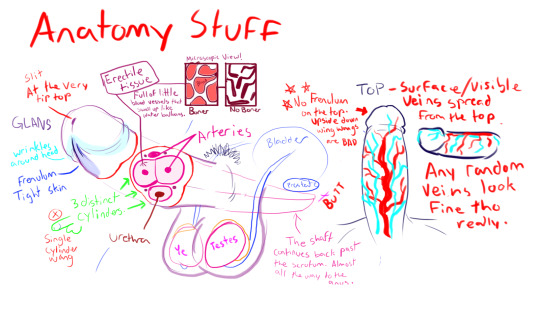

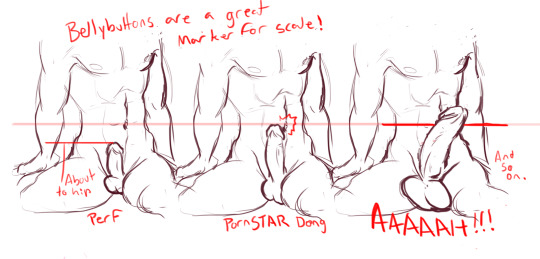
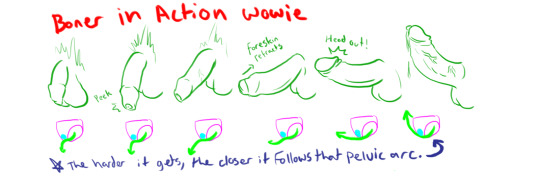
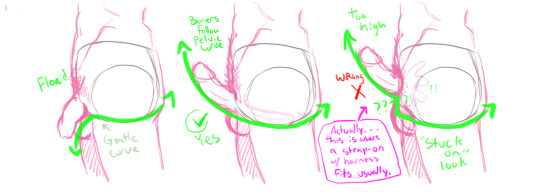
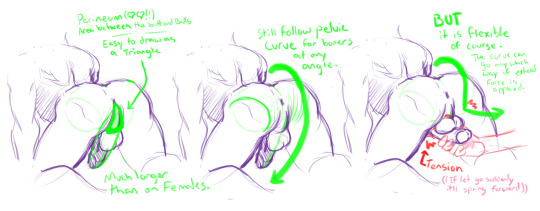
A friend asked me if I had any pointers on drawing dingle dongles and I may or may not have gotten totally carried away and drew out a bunch of stuff, heheh. Figured Id post it just in case any nsfw artists found it helpful at all~
Also if I have any incorrect info or you have tips feel free to let me know. Always eager to supplement my penis expertise~ haha~
53K notes
·
View notes
Photo


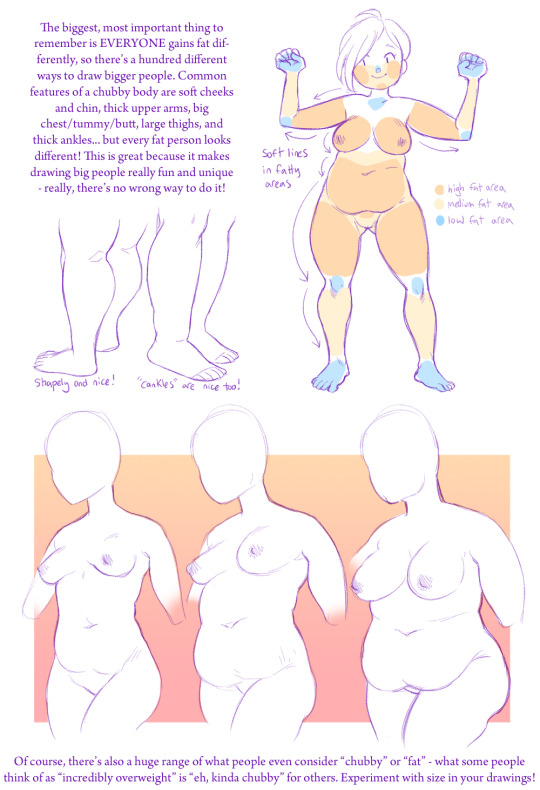
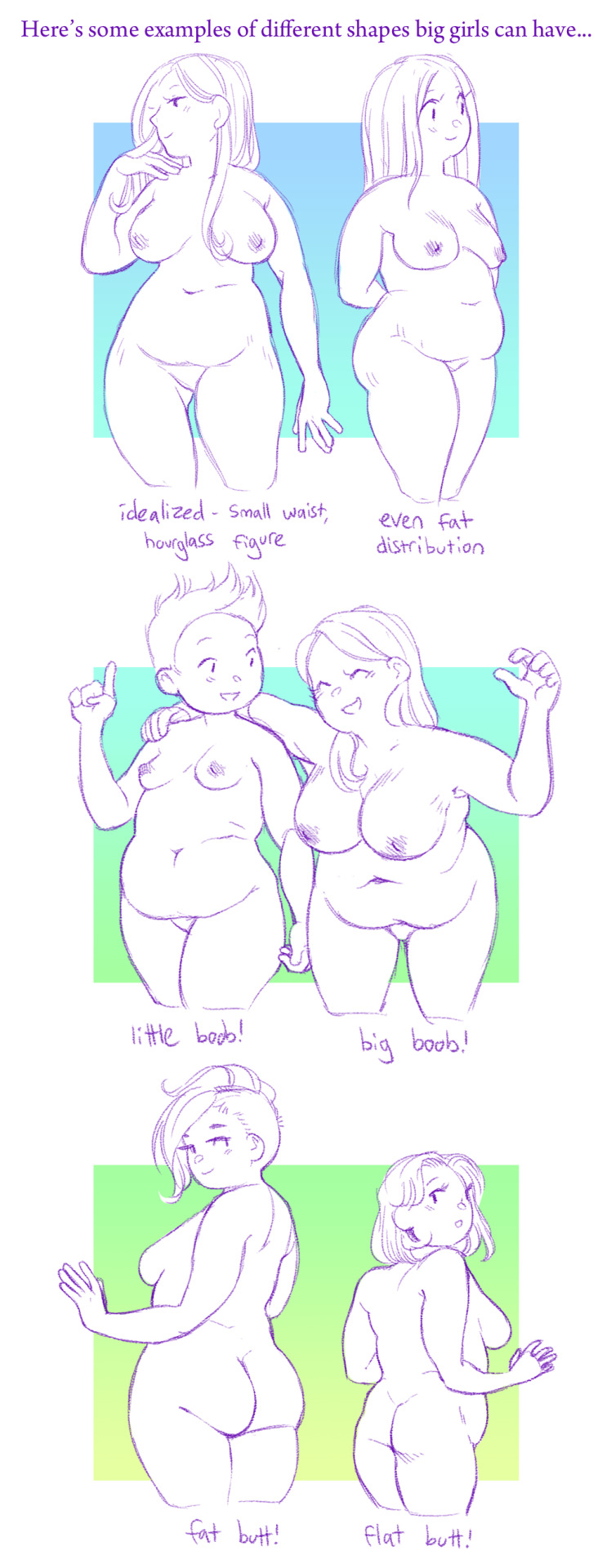
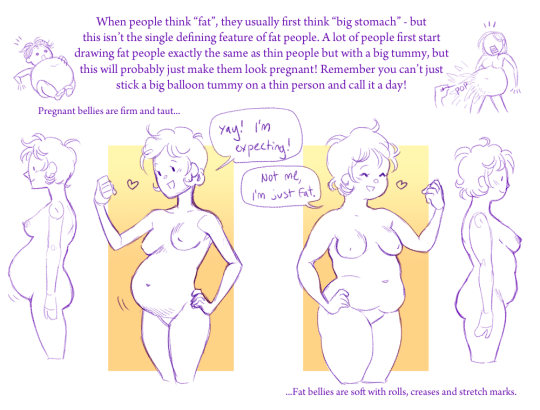
Thanks so much for your ask! I’ve meant to do a tutorial like this for a long time. This is the way that I draw big girls, though it’s quite a short and basic tutorial. I hope it helps!
the “area of gain” part was pretty much taken directly from -here-, a VERY informative and helpful tutorial. Here’s a couple of tutorials that I think are pretty good: link and link.
134K notes
·
View notes
Note
You should do a tutorial on how to draw hentai
HEADS UP: this reply is intended for 18+ artists!
Well I don’t really do tutorials I mostly just share them, however, this account does have a nsfw tag. While some of the content there is marked as such just because the tutorial in question contains nudity there is tutorials there for things like sex positions, sexual penetration and genitals.
The information you find there can be translated into any style so it certainly can help you create nice hentai.
84 notes
·
View notes
Photo
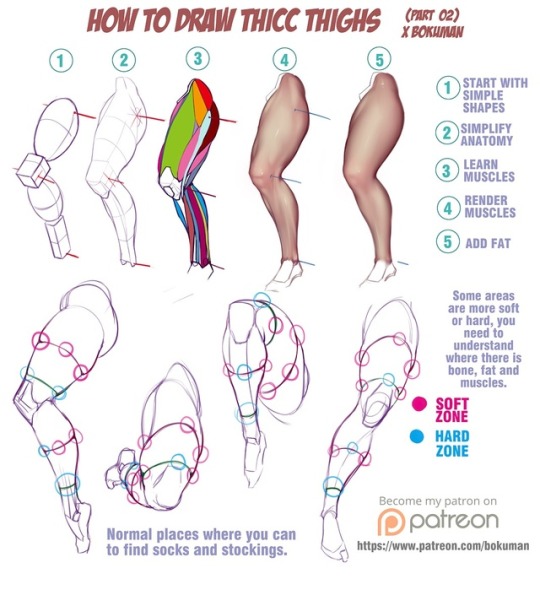
How to draw thicc thighs! part 2 #tutorial #art #sketch Support me on PATREON for more tutorials!! https://www.patreon.com/bokuman
4K notes
·
View notes
Photo


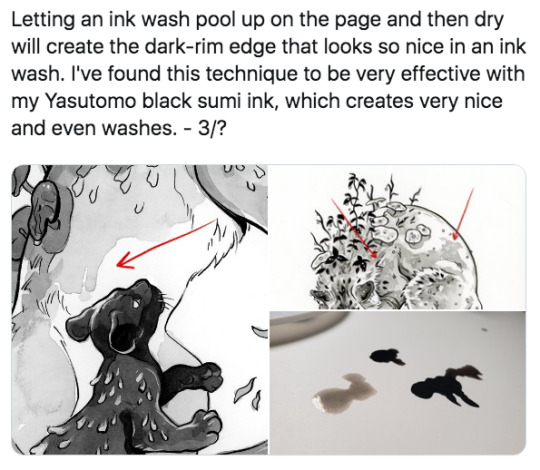
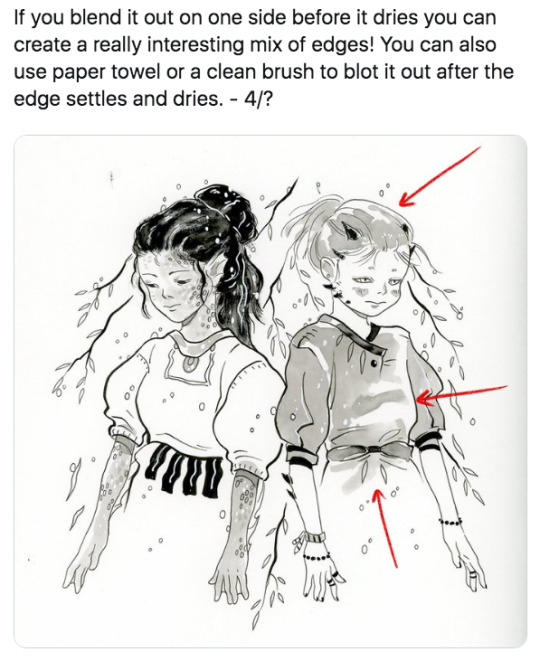
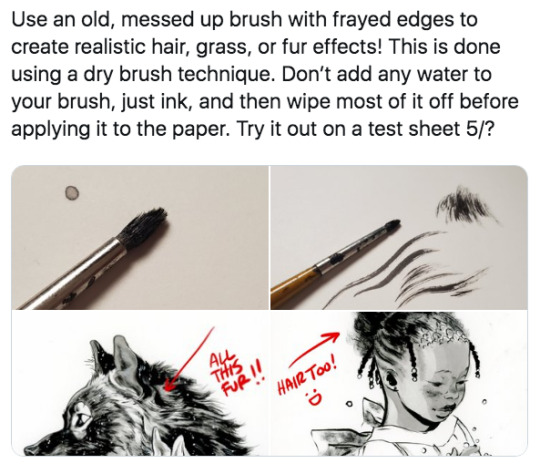





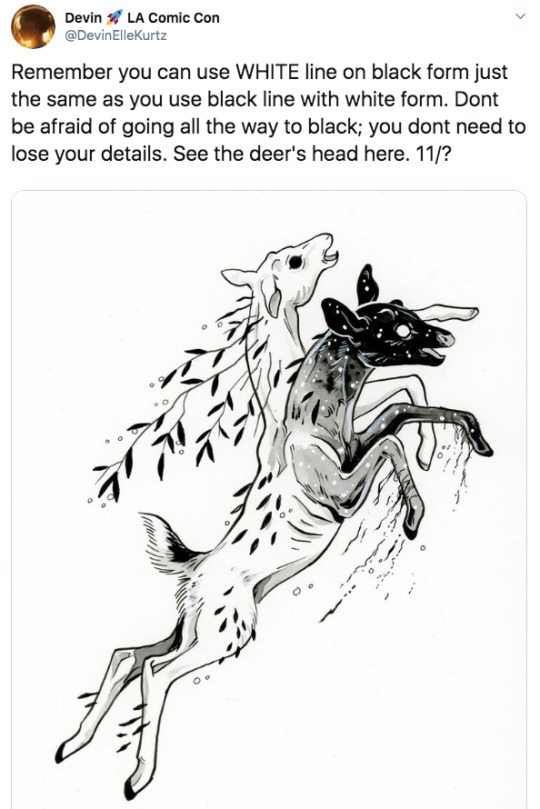
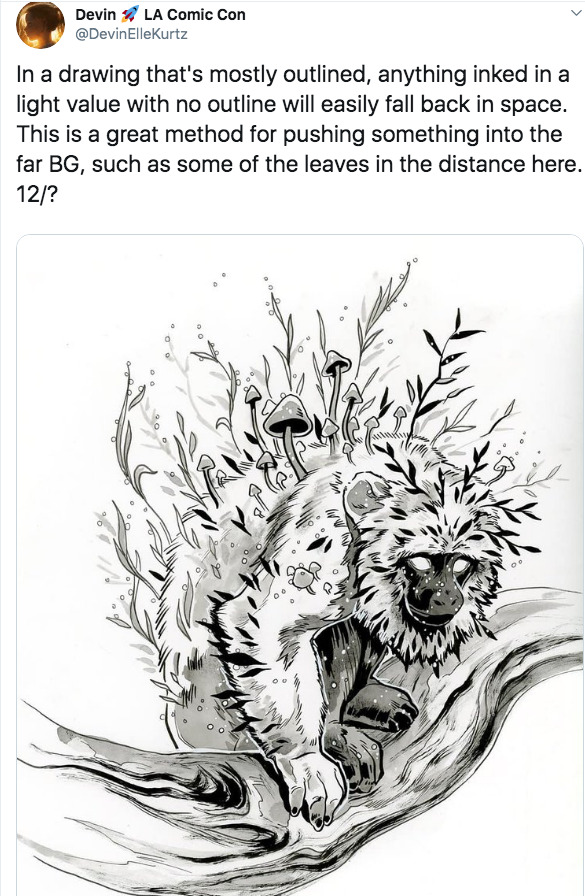

A Twitter thread of mine that I think some of you may find useful here as well! I’ll update this periodically when I update the Twitter thread.
36K notes
·
View notes












